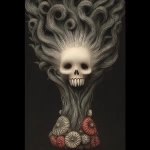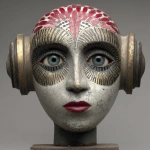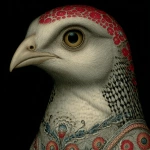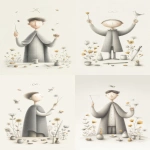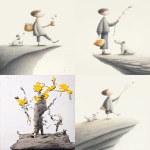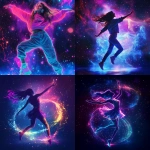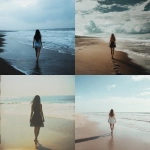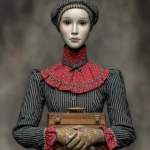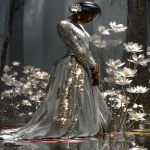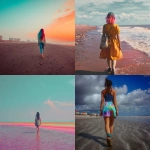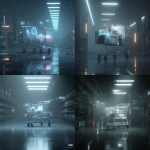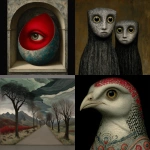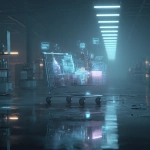Explore the Best AI Image Gallery

Reimagining Visual Experiences: The Age of AI Artistry
Artificial intelligence (AI) has permeated numerous facets of society, and the creative industry is witnessing a significant evolution as AI tools shape artistic expression. From design studios to individual artists, AI-driven visual experiences are redefining creativity, making it more accessible and innovative than ever before. In this blog post, we will delve into the impact of AI on the creative profession, its myriad applications, ethical considerations, and potential future trends.
The Impact of AI on the Creative Industry
AI technologies have become an integral part of the creative process, enhancing the capabilities of artists and designers. Historically, artists relied on traditional methods, which could be time-consuming and labor-intensive. Today's tools, powered by AI, allow for rapid prototyping, real-time feedback, and endless iterations of ideas. One notable example is the use of generative adversarial networks (GANs) that can create stunning visuals indistinguishable from those crafted by human hands.
This influx of AI has democratized artistic creation. Individuals, regardless of their technical skills, can now use software like Deep Dream Generator or Runway ML to produce high-quality visual art. The ability to translate ideas into visuals swiftly opens new avenues for creative self-expression and allows new voices to emerge from diverse backgrounds.
Potential Uses of AI-Driven Visual Experiences
The potential applications for AI-driven visual experiences are vast, extending beyond mere art into various industries. Here are a few noteworthy applications:
- Advertising and Marketing: Brands are employing AI to generate eye-catching visuals for campaigns, optimizing them for target audiences. AI algorithms analyze consumer preferences and trends to tailor marketing content, ensuring it resonates with viewers.
- Film and Animation: AI is being used to streamline animation processes, generating realistic characters and complex backgrounds in mere hours. This technology not only speeds up production but also allows creators to push creative boundaries by thinking outside traditional animation limits.
- Architectural Design: Architects are leveraging AI to create dynamic design models, allowing for simulations that consider environmental factors and sustainability. Tools like Spacemaker enable architects to visualize and modify their plans instantly.
- Fashion Design: AI is altering the fashion landscape by generating unique patterns and styles. This technology allows designers to experiment and explore new avenues of creativity that traditional methods might not permit.
Ethical Considerations in AI Artistry
Despite its potential, the intersection of AI and art presents several ethical concerns. Chief among them is the question of authorship. If an AI generates a piece of art, who holds the copyright? Is it the programmer who created the algorithm, the individual who inputted the data, or the AI itself? This ambiguity raises critical questions that need addressing as AI continues to evolve.
Additionally, there is the risk of homogenization in art. AI algorithms often learn from existing datasets, which may lead to repetitive themes and styles if not carefully managed. Ensuring diversity and originality in AI-generated artwork is paramount, posing a challenge to developers and artists alike. As the creative community grapples with these issues, discussions about intellectual property rights and the role of AI in creative expression are becoming increasingly prevalent.
Future Trends in AI-Driven Visual Experiences
The future of AI-driven visual experiences is bright yet multifaceted. Emerging technologies such as immersive virtual reality (VR) and augmented reality (AR) are likely to intersect with AI, creating experiences that blend the virtual with the physical. Artists are already experimenting with Oculus and other platforms to craft interactive installations that engage audiences in unprecedented ways.
Moreover, as AI continues to learn and adapt, we can expect tools that enhance creativity without replacing the human touch. Features such as AI-co-assisted design will empower artists to elevate their work while still preserving their intuitive, emotional connection to their craft.
In conclusion, AI-driven visual experiences are revolutionizing the creative industry, offering myriad applications and new avenues for expression. While ethical considerations persist, the potential for innovative artistry fueled by AI is more pronounced than ever. As we look to the future, the combination of technology and creativity will undoubtedly yield remarkable results, pushing the very boundaries of what art means.
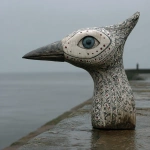

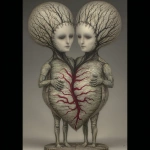



](https://images.ai-img.art/thumbnails/150/6a9bb97a3f1c45ab616724cc54bca010cbcc2d658a9c0e4581aa181c88046444.webp)
](https://images.ai-img.art/thumbnails/150/6a577517a359cd2bc6212d6b0f12c7cab660841317023550a76c84f409c7f2d0.webp)

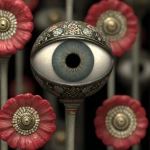
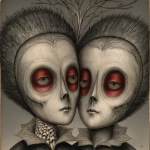
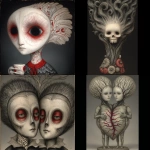
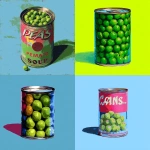
](https://images.ai-img.art/thumbnails/150/45237dfa7845159b860f9e234c48c4418e8efcb52b4d15da4493f46e6a99f337.webp)
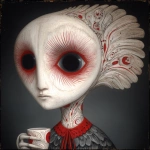
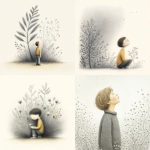


](https://images.ai-img.art/thumbnails/150/1b14bd827b740aca3b0d8efa7ed6865e28c7c8382172f3f565c96b6c5f64ca78.webp)
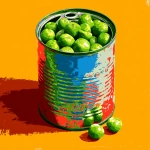

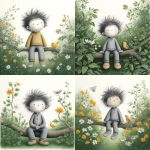

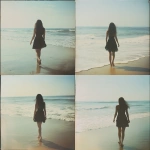
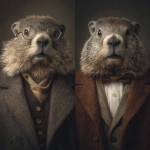
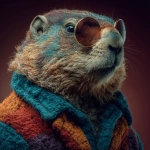
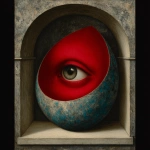

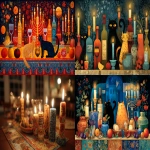
](https://images.ai-img.art/thumbnails/150/065f0b2e150f4cc43a9da80d822e8a385e9e50f2f6ff2cc3be7639cfd74952da.webp)
